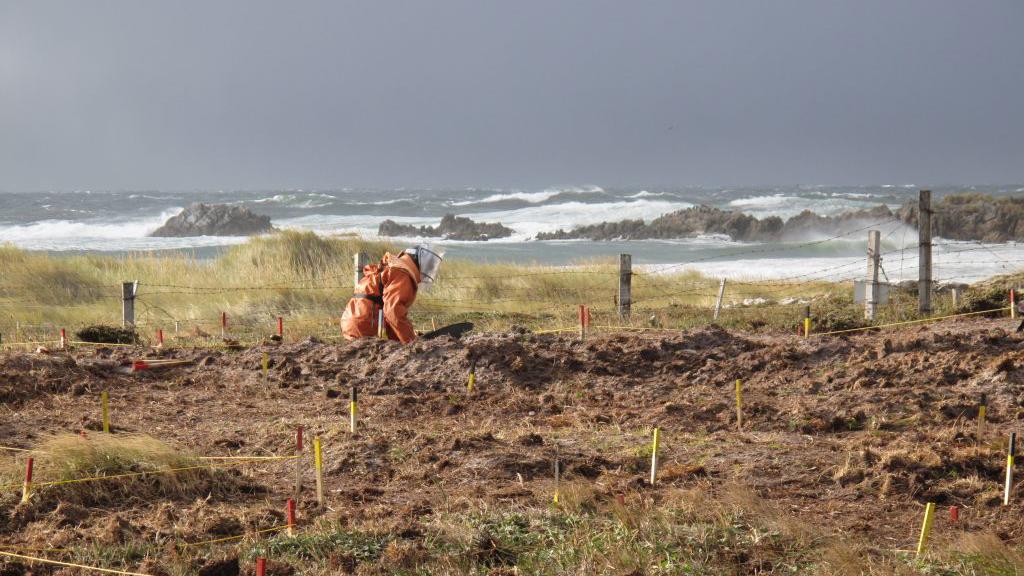There has been a limited amount of research into the impact of munitions and munition clearance on the environment however it is a reasonable assumption that the negative environmental impact is substantial with contamination of the atmosphere, water and land.
High intensity conflict is most obviously environmentally destructive but so too are low intensity activities. Detonating munitions initiates the release of damaging particles, gases and liquids and cause a shockwave which have the capacity to maim, kill, contaminate and destroy. WMD payloads discharged to the atmosphere have the capacity to render land and water unusable for decades impacting on local communities health and their ability to grow or harvest food. We should also recognise that explosive remnants of war (ERW) and their clearance both have an environmental impact. Although the aim of post conflict munition clearance is to remediate the means of remediation and the disposal of cleared munitions may cause further contamination.
The widespread use of explosives in land munition clearance results in shockwaves, atmospheric particle dispersal, noise pollution and soil contamination. Disruptors, most usually associated with improvised munitions, also have a negative environmental impact however it is in our oceans that the effect of munition clearance goes unnoticed and unreported and is particularly damaging. Sea dumping of recovered explosive and chemical fill munitions officially stopped in the 1980s and may continue. Ships loaded with munitions were deliberately scuttled and others transporting munitions were sunk during conflict. Out of sight the munitions decay releasing toxic chemicals and on occasions are washed ashore posing a threat to anyone or may come into contact with them. It is estimated that more than 550,000 seamines were laid during World War 2 and while many detonated during the War and since whether as designed or through neutralisation action their presence continues to pose a threat.
The detonation of seamines results in a shockwave/acoustic energy that is harmful to marine life including fish, turtles and marine mammals; partial detonation may release and spread contaminants. Historically seamines have been neutralised when they pose a threat to shipping lanes, off-shore hydrocarbon platforms, are likely to wash ashore or are caught in fishing nets. With the current surge in off-shore windfarm development there is an associated demand for seamine clearance and the potential for an increased level of marine environment damage.
